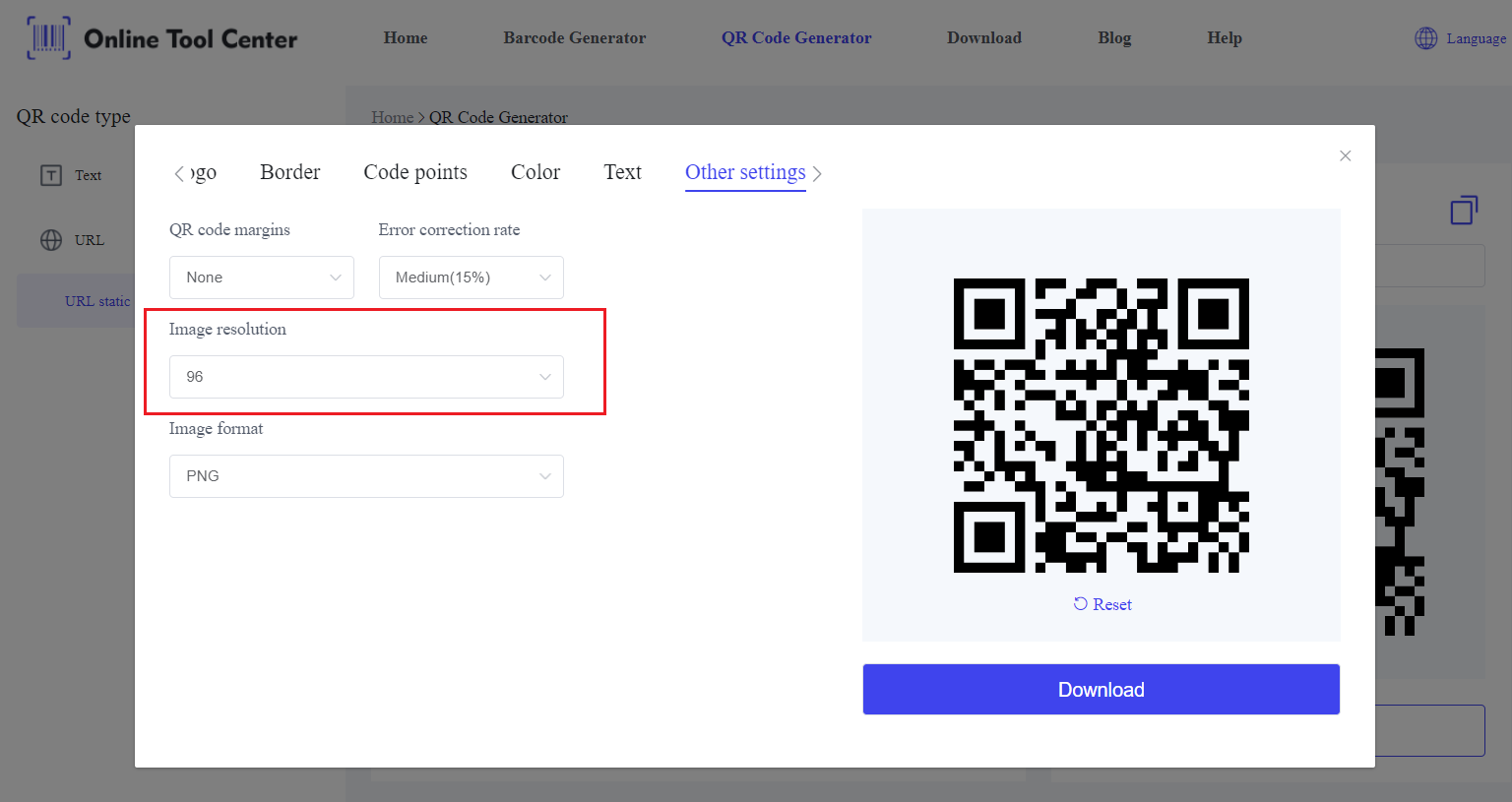How Small Can a QR Code Be and Still Work?
QR codes have become a common sight, appearing on everything from business cards to billboards.
Their versatility in storing data and ease of scanning makes them invaluable for various applications.
However, one common question arises: how small can a QR code be while remaining functional? This article explores the minimum sizes for QR codes, factors affecting their scannability, and tips for optimizing their use.
Understanding QR Code Sizes
Minimum Size for QR Code Requirements
Absolute Minimum Size: According to ISO 18004 standards, the absolute minimum size for a QR code is 1 x 1 cm (0.4 x 0.4 inches). However, this size may not be reliably scannable by all smartphones.
Recommended Minimum Size: For most smartphones to scan a QR code reliably, it should be at least 2 x 2 cm (0.8 x 0.8 inches).
Factors Affecting QR Code Size
1. Data Density
● Amount of Data: The more data encoded in a QR code, the larger it needs to be. For example, a URL with fewer characters allows for a smaller QR code, whereas a QR code containing a lot of information requires more rows and columns, increasing its size.
● Error Correction Level: Higher error correction levels increase the number of data modules, which in turn requires a larger QR code. Reducing the error correction level can help decrease the QR code size.
2. Scanning Distance
● Distance-to-Size Ratio: A general rule is maintaining a 10:1 ratio between the scanning distance and the QR code size. For example, if the QR code will be scanned from 10 cm away, it should be at least 1 cm in size.
3. Print Quality and Resolution
● High-Resolution Printing: To ensure small QR codes are scannable, they must be printed at a high resolution. Poor print quality can make the QR code unreadable.

Practical Tips for Creating Small QR Codes
Shorten URLs: Use URL shorteners to reduce the number of characters and thereby decrease the size of the QR code.
Simplify Data: Encode only essential information to minimize the data modules needed.
Avoid Central Images: While adding logos or images to the center of a QR code can be aesthetically pleasing, it increases the size. Removing these elements can help create smaller QR codes.
Maintain a Quiet Zone: Ensure there is a sufficient quiet zone (margin) around the QR code to help scanners differentiate the code from surrounding elements.
Device Compatibility: Test the QR code on multiple devices and with different scanning apps to ensure broad compatibility.
Environmental Considerations: Consider the lighting and environmental conditions where the QR code will be scanned. Poor lighting can affect the scannability of smaller QR codes.
Use Cases for Smallest QR Codes
1. Business Cards
Optimal Size: For business cards, a QR code size of 2 x 2 cm is typically recommended. This ensures it does not overwhelm the card's design while remaining easily scannable.
2. Product Labels and Packaging
Label Size: On product labels and packaging, aim for at least 3 x 3 cm to maintain legibility and ensure quick scanning.
FAQs
1. Can QR Codes be tiny?
Yes, but their functionality depends on several factors like data density, error correction level, and print quality.
2. How small can QR codes be and still work in inches?
A QR code can be as small as 0.4 x 0.4 inches, but 0.8 x 0.8 inches is recommended for reliable scanning.
3. Can a QR code be too small to scan?
Yes, if a QR code is too small, it might not be scannable by all devices due to limitations in camera resolution and focus.
In closing, while QR codes can be made quite small, practical limitations necessitate a minimum size to ensure reliable scanning across various devices.
By understanding the factors that affect QR code size and following best practices, you can create effective QR codes for any application.
For more information on QR code generation and customization, visit our QR code generator!




